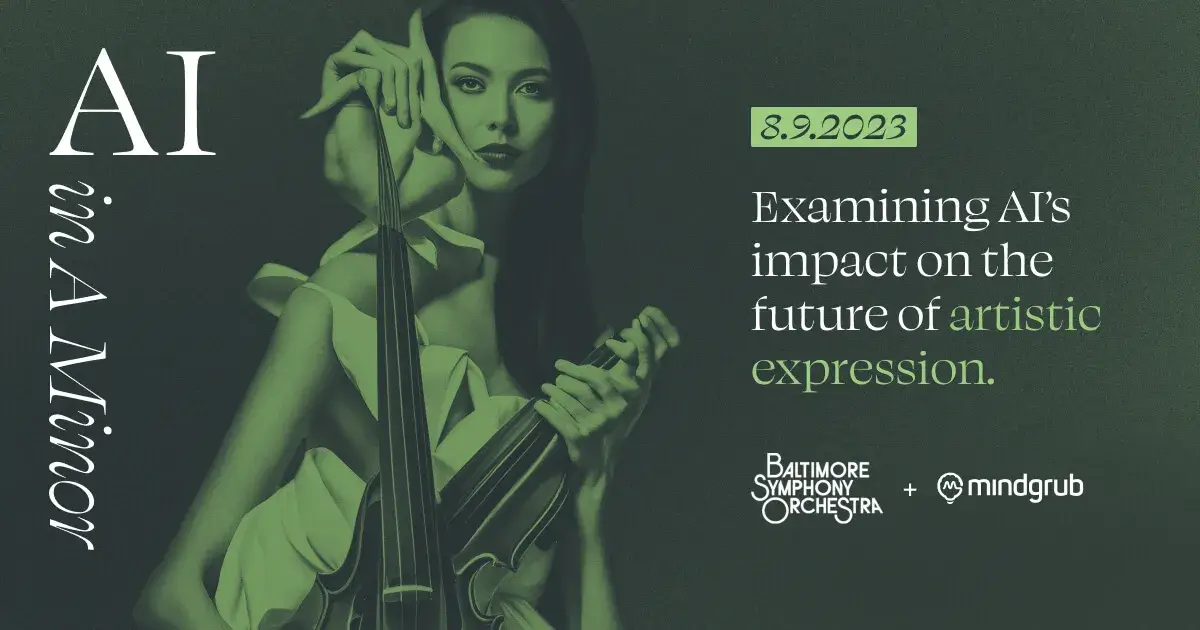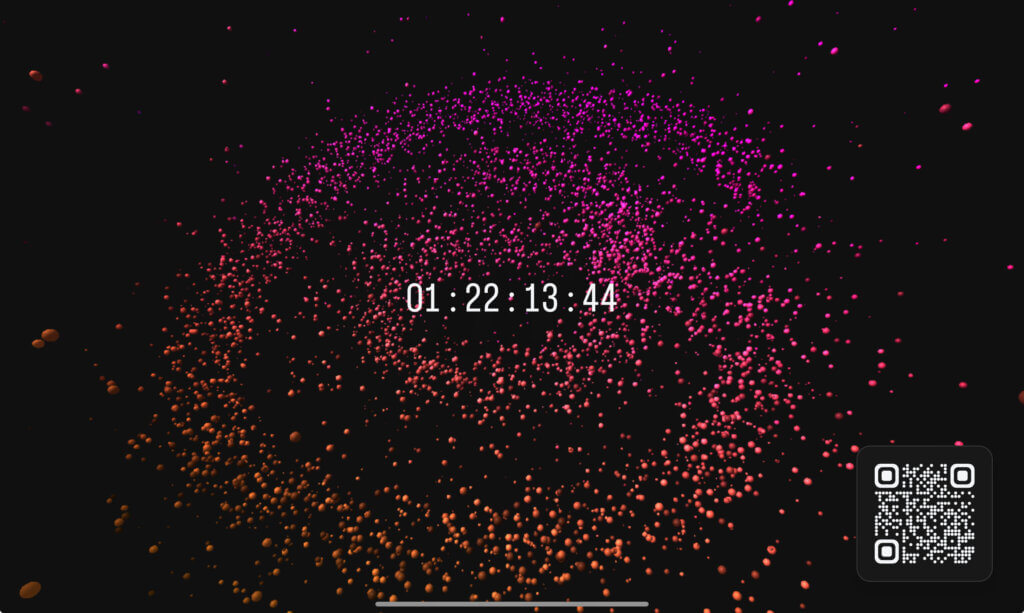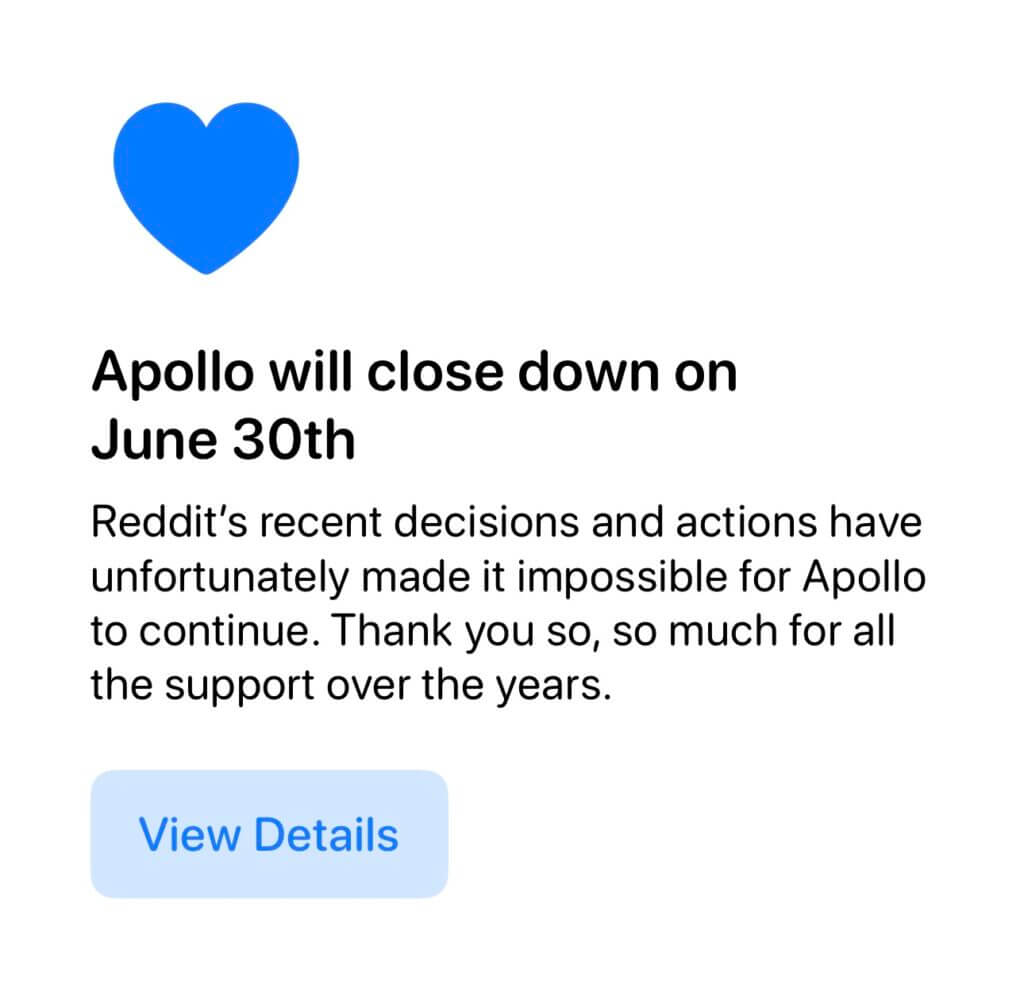Latest Thoughts
-
Apple’s Walled Garden
Austin Carr has an interesting piece on leaving Apple’s walled garden.
“Over the past few years, though, it all started to feel claustrophobic. I was only a little annoyed when Siri crept into my apps and search queries. Only a little frustrated that iMessage didn’t allow for modern chatting on non-Apple PCs and phones. Only a little miffed that I couldn’t choose Google Maps as my default navigator or set up an Amazon Echo as easily as Apple’s own HomePod speaker. But these things began to add up, as did the $120 I was spending every year to store my photos on iCloud.”
I’m a pretty happy Apple fanboy, but I spend a lot of time experimenting with and using many different types of hardware. Amazon Echo’s release was one of the first moments I felt a bit claustrophobic in Apple’s ecosystem. That feeling comes back whenever I stumble on a new product category or a place Apple seems to neglect, like smart homes. The walled garden works great when it works, but it can be maddening to watch Apple drag its feet on inevitable product changes or releases.
The default apps on all Apple devices are perfect examples of this; Contacts, Mail, Calendar, and Reminders incrementally add features but only after years of neglect. While these apps lag, Apple continues to build tentpole features like contact posters around these apps, forcing you to ignore cool new features or use a lesser than product.
“You’re no longer competing purely on the merit of the product,” says Carl Pei, co-founder of Chinese electronics maker OnePlus Technology Co. and the new smartphone startup Nothing Technology Ltd. If a person owns both an iPhone and an Apple Watch, Pei says, the chance of getting them to leave iOS is incredibly low. He adds that the Apple-only iMessage service has become “basic infrastructure” of communication and forces a limit on how much new mobile players can grow without it. A Google spokesperson said in a statement, “We believe it should be easy for users to switch between devices and platforms whenever they choose, and we find it frustrating that these principles are not equally shared by all platforms.”
The results can be absolute bliss when Apple taps into the integration potential between its products. AirPods are one of my favorite recent Apple devices in years, and when it works, these headphones feel like absolute magic. FaceTime’s continuity camera magically taps into the iPhone’s cameras for the AppleTV and Mac to use or Universal Control which simply allows someone to move a mouse cursor from a Mac to an iPad. I always assumed that Google, with its profound control of Android OS, might build a similar molt, but they seem unable. As Apple makes these integrations deeper and deeper into the ecosystem, you have to wonder if anyone can compete because Carl Pei is correct. I’m no longer buying an iPhone because it’s a “phone” but for its deep integration across its ecosystem.
Apple and Google invested resources in making the switch easier—the first app that Apple ever published in Google’s store was its 2015 “Move to iOS” app—but the paths remained bumpy. A designer who was working for Google around this time recalls that studies on customer feedback showed ex-iPhone users were frustrated by the process of moving media to Android and confused about leaving iMessage. The worse the first impression was with Google, the more likely people were to give up and switch back. This designer, who, like many insiders interviewed for this story, spoke on the condition of anonymity out of concern for career reprisals, remembers one regretful Android tester saying, “I want my life back.”
Last Christmas, my friend moved from Android to iPhone using Apple’s migration app. I blogged about it here, but I was impressed at just how good of a job the app did in deep copying everything, including the system sounds. If anything, it did too much and changed standard iOS defaults to reflect settings from Android.
What was more stark was how complicated iOS and Android have become and how many features feel as if they are universal between the two platforms. I’m curious to try the inverse process and migrate one of my iOS devices to Android. I may have to do that when I find some downtime.
-
Mindgrub and the Baltimore symphony Orchestra present AI in A Minor

I’m beyond excited to announce AI in A Minor! The Mindgrub team and I have spent the last few months working to generate music and transform it into sheet music the amazing musicians at the BSO can perform. It feels incredible to know that soon you will have a chance to see what we’ve been working on.
I also can’t ask for a better team than the Baltimore Symphony Orchestra, Greater Baltimore Committee, and Amazon Web Services (AWS) to help make this happen.
Join us on August 9th!
Oh, we’re still looking for sponsors and anyone interested in setting up a booth in the BSO hall. If you want to buy tickets get them here!
-
Meta Threads Countdown
It appears 9to5Google got it’s hands onto an early APK release of Meta’s Twitter competitor Threads in “Threads, Meta’s Twitter clone, starts launch countdown, plus a few details on how it works“:
Your Threads profile is also strongly connected to your Instagram profile. The two use the same username and display name, and it seems your Threads profile picture may have to be from Instagram. Additionally, anyone you block on one service is also blocked on the other.
I shouldn’t be surprised by the tight coupling to Instagram, but I am. The coupling between Facebook and Instagram has always felt forced and as if they stifle the personalities of the different platforms. Threads (as I expect it) will be heavily text-focused, while Instagram leans into photos and video. How often will cross-posting happen?
Another unique aspect of Threads that many have been anticipating is the way it can connect to federated social networks like Mastodon (collectively known as the “fediverse”). It seems that Threads may not be ready to launch its fediverse features right away.
Soon, you’ll be able to follow and interact with people on other fediverse platforms, like Mastodon. They can also find you with your full username @username@threads.net.
The only other detail we could uncover about Threads’ integration with the fediverse is that if you choose to restrict replies on a post, it won’t be shared outside of the Threads app.
When you limit replies, your thread will not be shared with your fediverse followers.
Threads’ use of ActivityPub to connect into Mastodon and the collective Fediverse has long been a big question. In my newsletter, I compared Mastodon and the Fediverse to a network of towns, where each city has its form of government and content moderation rules. Threads’ appears to be a gated community that may allow its users to leave the gates and interact with others but still keep exclusive content limited to those within its gates.
This social experiment will be interesting, especially when a metric ton of Meta users who first interact with the larger Fediverse through Threads and branded “@username@threads.net” name. I hope the other cities play nice.
Digging deeper into the code, our team has also found that Threads may indeed have a web app. At the very least, we’ve found that the service’s profile links will look quite similar to Instagram profile links, simply appending your username after the base “threads.net/” URL.
I assumed the animated website for threads hinted at more than just an app.

-
Screen Scraping
Gizmodo has a piece on “Google Says It’ll Scrape Everything you Post Online for AI“:
One of the less obvious complications of the post ChatGPT world is the question of where data-hungry chatbots sourced their information. Companies including Google and OpenAI scraped vast portions of the internet to fuel their robot habits. It’s not at all clear that this is legal, and the next few years will see the courts wrestle with copyright questions that would have seemed like science fiction a few years ago. In the meantime, the phenomenon already affects consumers in some unexpected ways.
Twitter’s crazy rate-limiting meltdown and Reddit’s push to charge for API access are about one thing, AI data models. These systems are hungry for data, and access to that data will be vital to building the best AI models. Unsurprisingly, Google is making it known that as it ranks and offers prime search engine placement, all that delicious data is free game to them. When APIs become closed, people result to screen scrapping, and screen scrapping ends with paywalls and Twitter style rate-limiting… Wonder how this all plays out.
-
Cord Cutting
From Variety’s “Cord-Cutting Hits All-Time High in Q1, as U.S. Pay-TV Subscriptions Fall to Lowest Levels Since 1992“
Cable TV operators’ rate of decline in Q1 reached -9.9% year over year, while satellite providers DirecTV and Dish Network fell -13.4%. In addition, so-called “virtual MVPDs” (multichannel video programming distributors) lost 264,000 customers in Q1, among the worst quarters to date for the segment.
“The picture is not one that suggests that a plateau in the rate of decline is coming any time soon,” Moffett wrote.
It is no surprise that I cut the cord years ago, but two things make me debate that decision every year, live sports and local TV news. I’m a transplant to Baltimore, so my team, the New Orleans Saints, is only available if I pay a ridiculous cost for the NFL’s Sunday package. As the team grew in national fame, I spent more but still could not watch big national games or occasional Baltimore Ravens vs. New Orleans Saints matches because of antiquated TV rights rules.
In New Orleans’s I know local TV news like the back of my hand, but as a cord cutter, I can’t tell you a thing of Baltimore’s local stations. Why is this when it seems clear that traditional TV has lost the war? Why do holdouts like the local news and sports continue to make it hard to take the leap?
In 2022, Forbes reported that “Streaming Viewership Surpasses Cable For First Time, Nielsen Says.”
While streaming will likely remain the dominant form of television consumption, Fuhrer told Forbes that broadcast and cable will likely “see some rebound” this fall, as college sports and the NFL season start up and attract a higher share of viewership to those mediums.
Outside of the NFL and college football, every other sport has embraced streaming and has worked to make watching games more accessible. American football is stuck with a problem, few companies are big enough to lay out the dough they require, and until then, football has dug in and embraced traditional TV.
TV news is different but similar. News is stuck with an unclear business model in streaming, but something that, while declining, still pays. CNN pushed hard to grow its online news business only to scale back drastically. Other broadcasters skirt the concept but struggle with reducing the size of their audience or being limited to building their distribution systems. So while traditional TV holds on for dear life to maximize profits and return shareholder value, these companies continue to miss the entire point.
In 2018 the Guardian reported that “Young people are not watching TV news, but they still want to know about the world,” and why wouldn’t we expect that when in 2012, the Holly Wood Reporter spoke of these issues in “Why Kids’ TV is Scrambling to Stay Afloat“.
Despite the effort, Nickelodeon and others increasingly compete with their own content on Netflix as their parent companies eagerly make rich licensing deals. In early May, Bernstein analyst Todd Juenger issued a report blaming “drastic declines” in ratings for kids networks in part on repeats of older episodes in homes that subscribe to the streaming and DVD service. The study was controversial because it was based only on data from homes that subscribe to TiVo, which is not necessarily typical of the broad universe of TV homes, but Juenger says “executives should think hard whether they want to sell this content to Netflix. The money looks good in the short term, but if you believe what the data says, as Netflix gets more subscribers and people who use it more get accustomed to it, the impact is going to grow.”
Local TV, cable news TV, and football are getting the profits today, but both are missing out on establishing a relationship with a digital-first generation they’ve chosen to ignore or force to meet them on their turf. As Netflix begins its cord-cutting tour, do not forget Netflix CEO Reed Hastings’ quote on who they compete with:
“We earn consumer screen time, both mobile and television, away from a very broad set of competitors,” the quarterly earnings statement read. “We compete with (and lose to) ‘Fortnite’ more than HBO.”
What will the next generation pick when deciding between Roblox, Fortnite, and the NFL? Guess we will find out.
-
Reddit and end of Open API’s

This sucks. Apollo has been my go-to Reddit reader, and I don’t want that to change, but come the end of the month, it’s happening if I like it or not.If you’re not in the loop on Reddit’s API drama, the TL;DR is Reddit moved from open and free APIs to a fee-based system that charges based on the number of API calls you make. If this sounds familiar, it’s because Twitter went down a similar path, and many other open platforms have decided to shut the doors to open API access. The argument for why? OpenAI and AI models are being trained on hordes of open Internet data and, of course, the possibility to eek some revenue out of all the folks hooked on Reddit’s content.
As you might imagine, that approach makes the cost to run something like Apollo unsustainable.
Is Reddit wrong? Apps built for platforms like Twitter and Reddit are like symbiotic bacteria, but one organism is much more dependent on the other. As a platform, Reddit is about user-generated content, and as with Twitter or LinkedIn, it makes us feel like investors or partners in this whole social sharing experiment. But let’s be honest. Revenue and control of the platform you own is what this is really about. If you’re not in control of the last mile, you can’t control how your consumers interact with you or it. You’re constantly limited in how you can advertise, how you personalize, and the ways you can use them to generate revenue.
Hey Reddit, when you fix the mobile and iPad apps, call Mindgrub. We make great mobile apps.
-
Open API’s
The idea of open APIs and access to platforms has become a surprisingly divisive thing. Like most stories in 2023, our story of APIs starts with Elon Musk and Twitter and the decision to shut down third-party app access.
Many, many, many folks were upset that Twitter would shut off access to TweetBot or Twitterific. These apps have been part of Twitter from the start and one inspired Twitter’s logo. To add insult to injury, this made us all collectively realize that Twitter’s mobile app is not great (call me, Mindgrub builds excellent apps). But, Twitter didn’t just band third-party apps – what it did instead is rate limit API calls and implement a new system to charge based on the amount of API calls per month. The price tag was so hefty that bit by bit folks said nope.
Unrelated to Twitter, OpenAI blew through the doors of technology like the Kool-Aid man. Whoever had AI on the 2023 Bingo card deserves all the money. The products like DALI-2 and ChatGPT continue to blow all of our socks off – but then the deep dark secrets of OpenAI and other AI platforms began to drip out.
These LLM (Large Language Model) systems need data, and when I say data, they need all the data. The more you can feed the dang thing, the better – it’s like Seymore, and it wants all the information. Some of this best information came from the most open of sources, places like Twitter, Reddit, and Stack Overflow. These platforms are unique in havings tons of experts who share their advice or answer questions in the most open forums.
Elon Musk and Twitter responded that this was why they needed to lock down APIs and tweets so that eager AI training models won’t try to consume this valuable training data without paying the troll toll. Reddit and other sources of these models followed, and now we find ourselves full circle.
Apollo, my preferred Reddit reader and the only reader with a pixel pet finds itself facing the same issue as Tweetbot and Twitteriffic, the costs for the APIs they need to use from Reddit cost too much.
I get it. I understand it. But sometimes I think of the founding of our great Internet and a time when information was free and people linked to link for love. I guess that was the Internet’s 70’s – and today is a differnet time, but I can’t help but wonder if the hordes of people training models on the open Internet might find the reigns getting pulled a little tighter. I also wonder if this just continues the trend of pay walls popping up everywhere.
